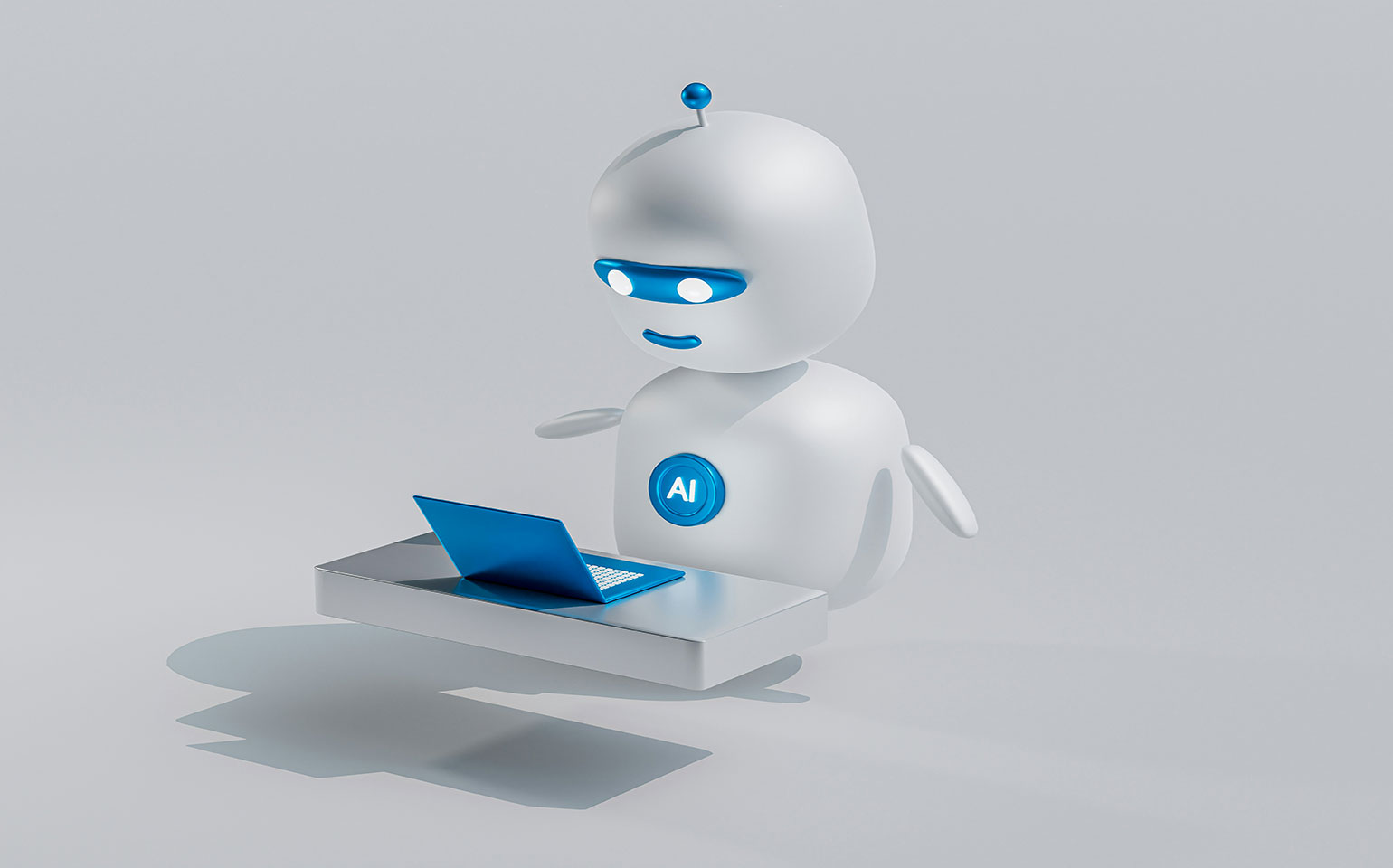Molding Tomorrow: The Double-Edged Sword of Generative AI
ChatGPT, Stable Diffusion, MidJourney – with all the buzz surrounding generative AI (GenAI) nowadays, it’s become nearly impossible to have not heard about these GenAI applications at least once. I was first introduced to ChatGPT in the spring of 2023 when a friend told me about it in a computer science class. Since we both had just gotten a new coding assignment, we decided it was the perfect time to try out ChatGPT and let it solve the problem for us. To our amazement, ChatGPT produced a functional program in only 10 seconds. That’s less time than it took for us to read the question. ChatGPT’s capabilities have only grown since then with the release of GPT-4, which is described as being 10 times more advanced than GPT-3.5, the model we used. I believe that this pattern of exponential performance increases will only continue going forward. Though the future looks bright as GenAI technology continues to advance further and further, it is important to take care in navigating the vast, uncharted expanse it presents.
What’s so Special about ChatGPT?
Chatbots have been around for decades, the first one being invented way back in 1966. Through a long road paved with countless successes and failures, chatbot technology has come a long way. Constant innovation has allowed the technology to evolve from simple machines spitting out preset responses to sophisticated language models capable of understanding human language. However, what sets ChatGPT apart from its predecessors is its utilization of modern GenAI techniques, particularly the GPT (Generative Pre-trained Transformer) architecture. The GPT architecture allows ChatGPT to generate human-like and relevant responses based on the prompts a person enters. ChatGPT also has comprehensive knowledge of real-world events up to 2021, allowing it to answer questions on those events, and also generate code snippets with relatively up-to-date knowledge of the language’s documentation.
I think the moment I truly realized how powerful ChatGPT could be was when I was trying to code my own GenAI app in Python using Streamlit and Langchain, which are tools that allow for the quick and easy development of GenAI web apps.
However, I was new to these tools and didn’t want to read all the documentation, so I instead asked ChatGPT to act as a mentor and teach me about them. It was very helpful, and in the end, I managed to complete the app and also learn how to use these tools in just under an hour. This was much shorter than the time I would have taken had I watched some tutorial videos.
Pioneering a New Dawn of Productivity
ChatGPT may just be a curious new invention as of now, but it’s opened the door to a whole world of innovative possibilities. GenAI’s potential to amplify our productivity is unparalleled. Imagine having a GenAI collaborator that can sift through vast volumes of research material, extract important details, and summarize it all into a coherent document. From composing music to writing business reports, I believe that GenAI has the potential to assist, augment, and elevate both creative and intellectual endeavors in the future.
The Ethical Crossroads of GenAI
While the potential effect GenAI could have on our future is huge, it’s also important to acknowledge the ethical tightrope that we might be treading on going forward. The evolution of GenAI sparks discussions about privacy, algorithmic bias, sentience, and the potential for GenAI to replace human jobs. These ethical considerations cannot be sidelined, for they shape the contours of the GenAI landscape we’re stepping into.
A key takeaway from my encounters with ChatGPT is that we must wield this technology responsibly.
We must establish clear guidelines and boundaries, ensuring that GenAI serves as a tool that enhances human lives for the better rather than introducing it to our own biases and amplifying existing inequalities.
Though GenAI will be a massive help in many areas, there is one area in particular that I believe would be better off without GenAI involvement – the military. Despite the potential for GenAI to improve military strength and tactics, I believe that giving GenAI any level of control over military affairs would be, in a sense, delegating life-and-death decisions to mechanical systems. Introducing GenAI’s inherent lack of human judgment and empathy into the heat of conflict could lead to unintended consequences and ethical dilemmas that must be carefully considered and addressed. Additionally, the use of autonomous GenAI in warfare could potentially escalate conflicts unpredictably, shifting the focus from quarrels between humans to an all-out GenAI-driven technological arms race.
Another factor to consider is the reliability of GenAI as a whole. Though relatively up-to-date with current information, GenAI language models such as ChatGPT can still occasionally make errors and give false information, but written with confidence as if it’s true. These occurrences are known as “hallucinationsâ€, and can easily mislead people who are unaware of their existence – potentially leading to misinformation or confusion in various contexts (such as when doing research or making decisions,). If GenAI technology is to be used in a much wider area that expands beyond chatbots, addressing the problems with hallucinations would have to be a top priority. Having GenAI tools with a significant level of power in our lives acting off of misleading or false information could potentially be very dangerous.
There is also a very present threat with GenAI and cheating. Due to its powerful problem-solving abilities, applications such as ChatGPT are able to quickly analyze and solve new, never-before-seen problems, impacting students in ways both good and bad. When ChatGPT solves a problem, it is able to understand it and explain the reasoning behind its choices. Students confused about a problem could have ChatGPT explain to them why it is solved in a certain way, which can be very helpful to understanding concepts in detail. However, the use of ChatGPT to outright solve problems can significantly and negatively impact a student’s learning. In the days before ChatGPT, writing assignments were generally much harder to cheat on compared to other subjects such as math or science. Due to its subjective nature, cheaters would generally have to build off of pre-existing assignments, whether that be rewording old papers or copying works from other students. Nowadays, anyone can just feed an essay prompt into ChatGPT and produce original, machine-generated essays within seconds. This ability to write, combined with its problem-solving capabilities, could make ChatGPT very dangerous to education as a whole.
Charting a Course for the Future
In the grand tapestry of technological progress, GenAI stands as a defining thread. Its potential to reshape research, productivity, and education is undeniable, but it also requires careful guidance and management to ensure it stays on the right path. The decisions we make today – the ethical frameworks we establish, the innovations we prioritize – will shape the landscape of tomorrow, for better or for worse.




